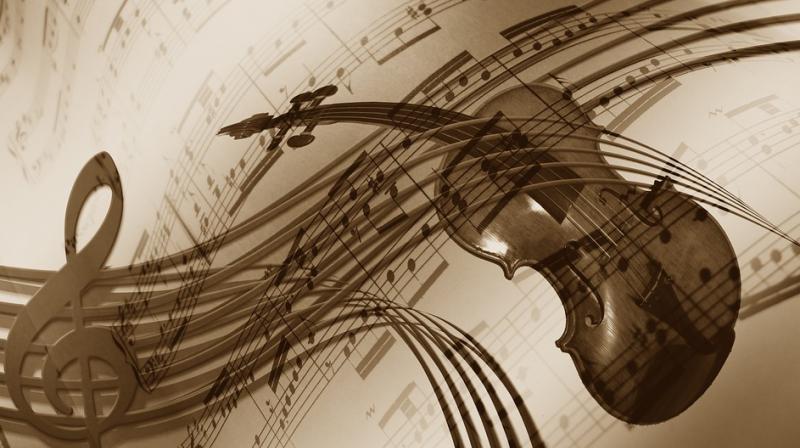Carnatic music & Hindustani: How the twain meet
While Carnatic music follows a set of ragas which are dedicated to God, Hindustani is more receptive to innovation.

While Carnatic music follows a set of ragas which are dedicated to God, Hindustani is more receptive to innovation. At a recent concert, a jugalbandhi of Carnatic and Hindustani, both genres of music considered Bharata Muni’s Natya Sastra as the basic text. Surprisingly, it also refers to the common text, the Sangeetha Ratnakara, which is the origin of their system of music.
Usually, Hindustani music is informal and freewheeling as there is no grammar and logical classification of ragas. However, its strength is the stress on voice culture and melody and the total alignment with sruthi.
The main difference between these two genres of music is that in Carnatic music, there is a tendency to strict adherence to rigid mathematical structure. It follows a correct sequence of notes, according to the 72 melakartha ragas, whereas in Hindustani, there is free expression of the total vision of the raga. The tradition here is carried through practice. Hindusthani music is more receptive to expansion and innovation in the absence of a scale system. Also, congruity is well established in Carnatic rendition, when vocal and instrumental music are performed together.
Earlier, most Carnatic musicians considered the ragas as God and presented ragas dedicated to God. Today, musicians are not aware of this and have rational beliefs in such expositions. The important points in rendering any genre of music include perfect tonal beauty, nuances as well as rhythmic discipline and artistry, all essential ingredients of good music. Combining these elements in varying degrees depends upon one’s ingenuity, imagination and versatility.
